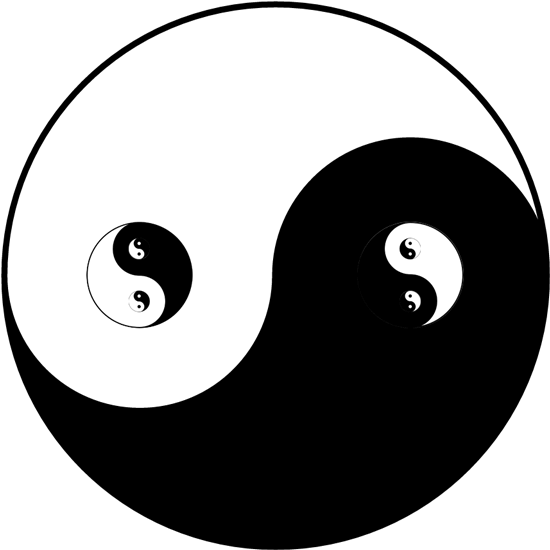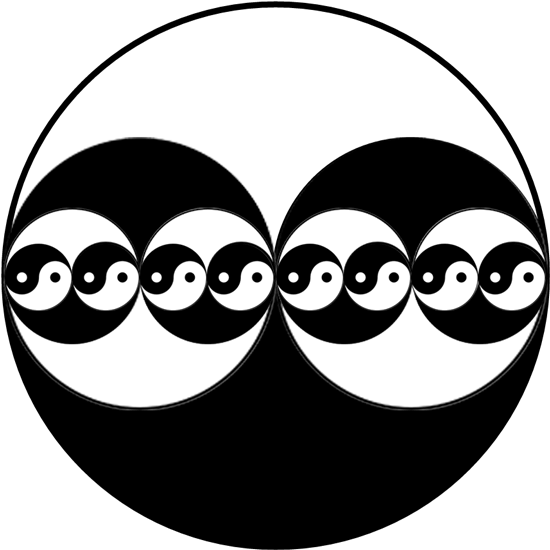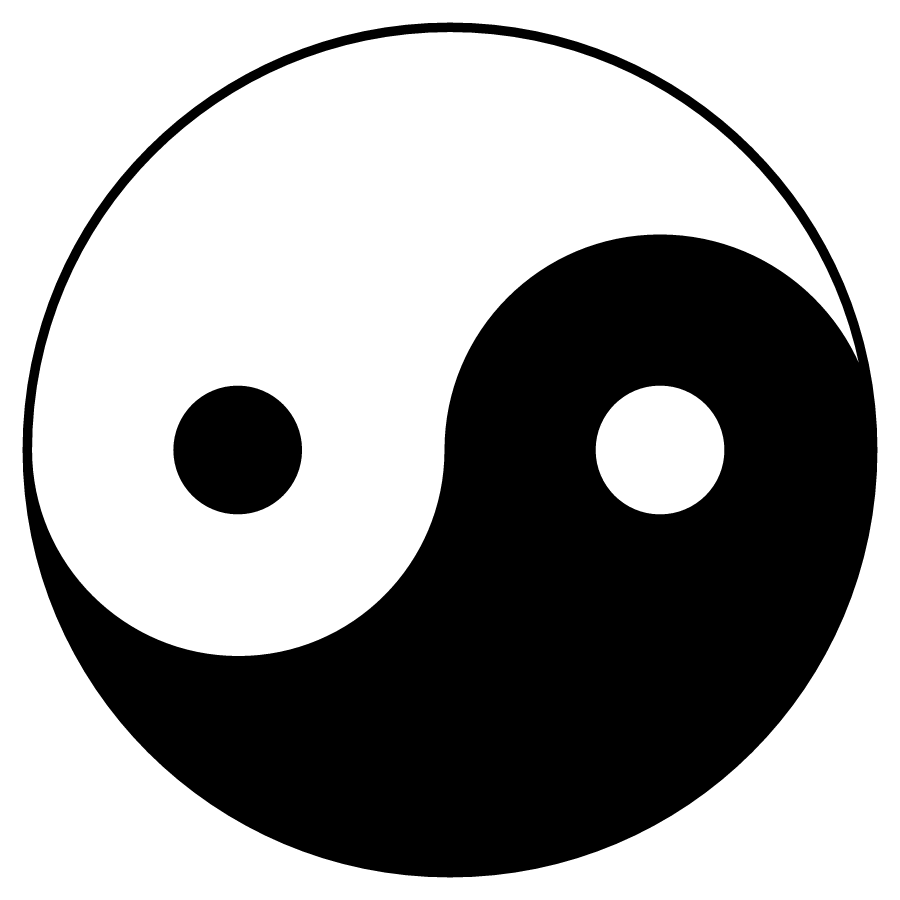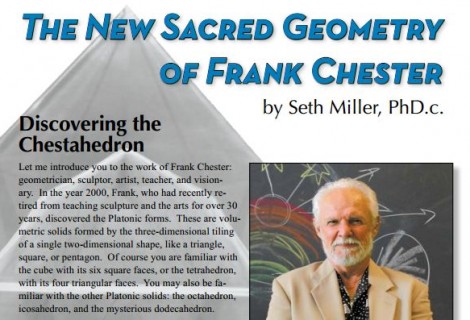An Esoteric Guide to Spencer Brown’s Laws of Form #3
« Previous Page | 1 2 3 4 5 | View All | Next Page »
So how can we express the mark in terms of its manifold unity? Of course, we can use anything as the mark, but this doesn’t mean that all marks are equal. GSB’s original mark is the upside-down, reversed “L”, which clearly does not embody the characteristics we have discovered for the first distinction. We need something that, as a mark, embodies the complex nature of the primordial distinction of distinction. GSB, in LoF, also uses a circle as a mark, which is better in that it indicates recursivity, but it is still too simple. Now, would it be any surprise at all that the kind of mark we are looking for has been known for millennia? And that this mark would have as an explicit meaning “supreme ultimate” and “primordial universe”? I refer, of course, to the taijitu, the symbol, the “yin-yang” symbol, which I have modified a bit to be more explicit about the relations it expresses:
We can also indicate the same set of relations with this modified form, which is actually more “technically” accurate, but harder to read visually:
Here we have a mark that displays the qualities we know the mark must have: it is recursive, it is a complex whole, it defines itself, and most importantly it expresses, as well as any visual symbol can, the necessity of the mark to make a boundary that it then crosses. This last is what implements the most important feature of the primordial mark: it has to distinguish levels N and N+1, and it has to do so in a recursive way. Of course the symbol itself is static, but note: one cannot literally “see” the whole image all at once. Your eyes bounce back and forth, and as they do so, they continually cross the boundary that is the whole of the form (the self-defining boundary, which is all this form is). But then you realize, in looking at the smallest “dot” in the form, that it doesn’t appear to be subdivided again. This, of course, is a limitation of the medium, not the symbol, and suddenly the symbol has initiated an activity of continued crossing in your thinking. The actual drawn mark cannot directly be the activity of its own drawing, but it can indicate this activity as it occurs in you–actually. And then you are led to the realization that the whole symbol itself sits in a white space… which of course means that there is, ultimately, no reason to have the form so overtly indicated over many levels, because all that is needed is the original form:
This is exactly the feature we would expect, actually require, of a form that fulfills its promise of being defined only by itself. That is to say, looking at the first, more explicit form, we see that every stage is implied by, and implies further, every other, so we really can “reduce” the form to the more simple version, because that is all that is needed to generate the entirety of the form and its activity.
So we can, in a very direct and precise sense, call this form, the taijitu, the form of the form. Implicit in this saying is again the creation and crossing of the boundary N and N+1. It would actually be helpful to distinguish our English: “Form” with a capital “F” can be taken to refer the N+1 level, the level of the coming-into-being of the “form”, with a lower case “f”, which denotes the form as expression, or rather, as expressed (pressed out from itself). In this sense, then, the taijitu is the Form of the form, and we can then use, as a form (lower case “f”) something like GSB’s “cross”, the upside-down, reversed “L”.
Of course it bears pointing out that the taijitu is a fractal, and that this is precisely what allows it to embody the characteristics we are after for the primordial form. Or rather, it would be more accurate, perhaps, to say that what it means to be fractal goes back to the nature of the first distinction as we have discussed it. In other words, that so much of the universe shows up as the expression of fractal patterning should not take us by surprise, but should be expected. It is no wonder that the Mandelbrot set is referred to as, and now we can see something of the literal meaning of this phrase, the “thumbprint of God”.
« Previous Page | 1 2 3 4 5 | View All | Next Page »








